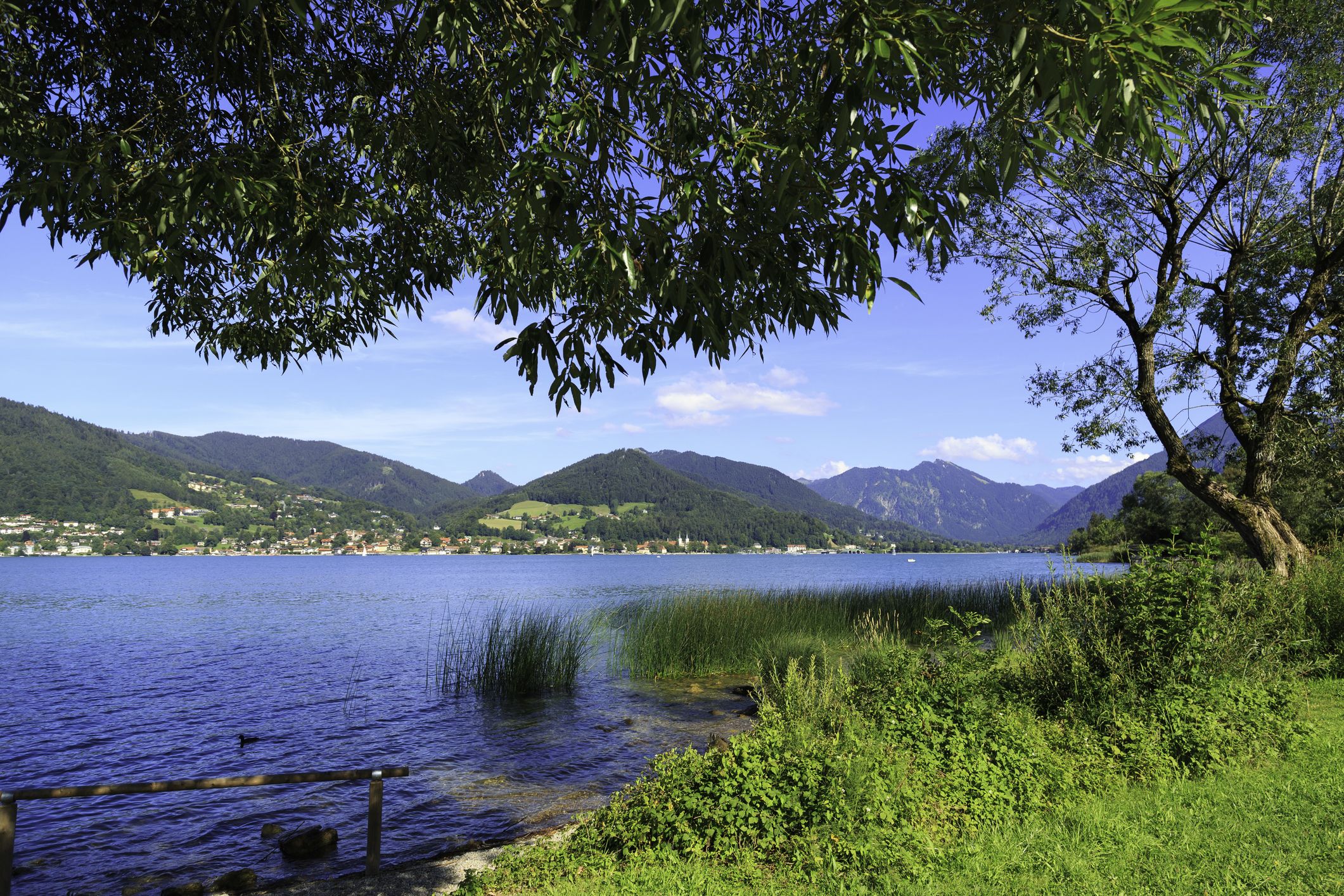The District of Sechelt’s Water Resource Centre has been certified LEED Gold, in part for the innovative use of a greenhouse to help filter wastewater.
Andrew Ambrozy, national business development manager, Maple Reinders, presented the District of Sechelt, by way of the council, with the LEED Gold certificate.
“The last time I was here, we presented six industry awards that we received,” said Ambrozy. “This is now the seventh accolade for this project. This is probably the best of the group, because it really represents a lot of work that went into the project.”
Ambrozy was joined by another partner on the project, Michael Nordquist, vice president with Colliers Project Leaders. Nordquist told council that the Gold certification was “very high for a treatment plant.”
LEED Gold certification identifies the project for meeting high standards for sustainable sites, water efficiency, energy and atmosphere, materials and resources, indoor environmental quality, innovation in design, and regional priority. The LEED Review Committee awarded the Centre, which was commissioned in early 2015, 62 out of a possible 100 points in the certification process.
“The facility you have is extremely energy efficient compared to previous facilities and like facilities,” Nordquist told council. “It’s a great achievement by the overall project team.” The Centre uses sequential batch processing as well as organic and membrane filtration to separate waste into dewatered biosolids and reclaimed water. The biosolids are collected for composting offsite. The reclaimed water, which is clean enough to meet the standards for non-potable uses, is discharged into the Salish Sea.
“This state of the art project allows us to take a waste product and turn it into a resource. This facility meets our community needs on several levels: it will meet the needs of our current population and expected growth while providing the highest level of waste water treatment,” said District Mayor Bruce Milne. “It also provides enhanced public education regarding water reuse and a demonstration platform for the use of innovative approaches and technologies.”
In response to higher demand from a growing population, Sechelt replaced two aging wastewater treatment plants with a new state of the art facility to meet capacity and effluent quality demands. The Centre processes a daily average of 2,300 cubic meters of wastewater collected by the municipal sanitary sewer system. Licensed to treat up to 4,750 cubic meters of wastewater per day, the facility was designed to meet Sechelt’s expected growth.









